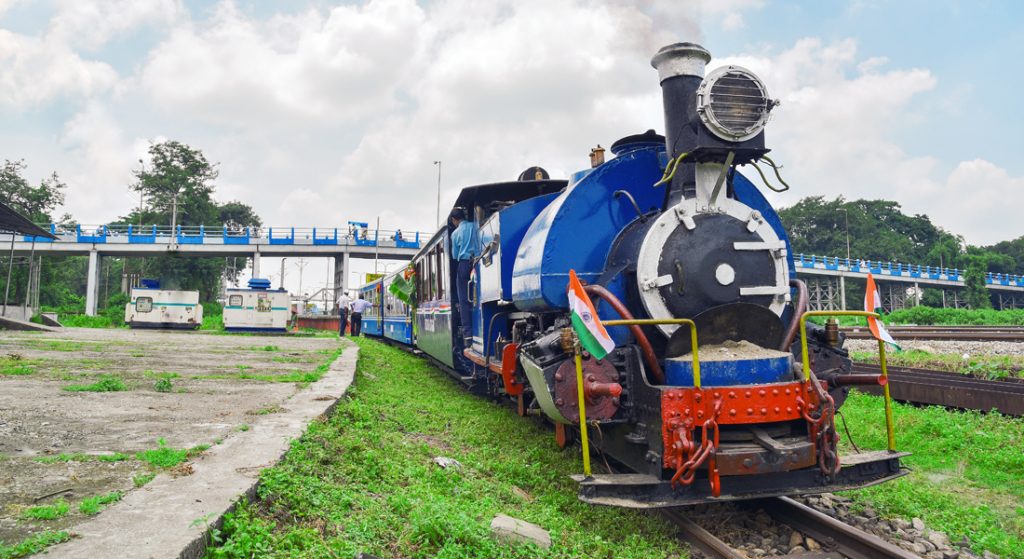
Four Heritage Train Routes in India
India, with its rich forest cover and great landscape, has some of the best and most scenic train track routes. Some of these routes built by the British are still in existence as heritage monuments. The rest of the country has moved on with technology and innovation in the track systems, but these heritage routes are kept unchanged for people to have a peek into the past and history of railways in India. Here, let us look at five old train routes that are maintained and run as heritage train routes by the government of India.
Darjeeling Himalayan Railway, West Bengal: This railway route is a UNESCO World Heritage Site and is popularly known as “Toy Train.” The route takes visitors through the scenic hills of Darjeeling. This narrow-gauge was laid by the British between the cities of Siliguri and Darjeeling over a two-year period from 1879 to 1881. The route passes through beautiful landscapes consisting of plantations, meadows, and forest patches. The colonial hangover can be felt throughout the journey as the train ambles along at its own speed, pulled by vintage steam locomotives.

Kalka – Shimla Railway, Himachal Pradesh: Hidden in the majestic mountains of the Himalayas, this railway route is recognised as a UNESCO World Heritage Site. The railway route provides a spectacular journey through the beautiful valleys and pine forests of Shimla. The main purpose for the British to build this railway line was to connect Shimla with the rest of the country, and it took five years from 1898 to 1903 to lay the tracks. The dramatic views of the villages along the way are the highlight of the journey. The route rises to a height of about 4000 feet ASL as it reaches Shimla. The journey in a vintage train pulled by some vintage locomotives gives a feel of the bygone colonial era.

Neral – Matheran Hill Railway, Maharashtra: Matheran, discovered in 1850, is the only hill station where vehicles are not allowed. The train connection to this place is from a town called Neral, located at the base of Matheran Hill. The 20 kilometers long narrow-gauge line takes about 3 hours to commute and is the biggest tourist attraction in Matheran. The route ascends gradually and takes travelers through the visual delight of the Sahyadri mountains. Built along the edge of the mountain with a valley on one side and mountain walls on the other, the train travels at a painstakingly slow pace. It was built over a period of six years, from 1901 to 1907, by Abdul Hassan Adamjee Peerbhoy. His father, Adamjee Peerbhoy, visited Matheran once and wanted to visit more often. Hence, he provided the financing for his son to build the lane.

Nilgiri Mountain Railway, Tamil Nadu: Winding through tea plantations and forest patches, this rail route is recognised by UNESCO as a World Heritage Site. It took 17 years between 1891 and 1908 to construct this railway line. It is a meter-gauge railway track connecting Mettupalayam to Ooty, and it takes four and a half hours to cover this 46 kilometers distance. This train is famously known as the toy train of Nilgiri, and the track is famous for the unique rack and pinion system that facilitates negotiating sharp bends and steep climbs. The train is pulled by vintage engines, and it passes through two of the famous hill stations of Tamil Nadu, namely, Coonoor and Ooty.



